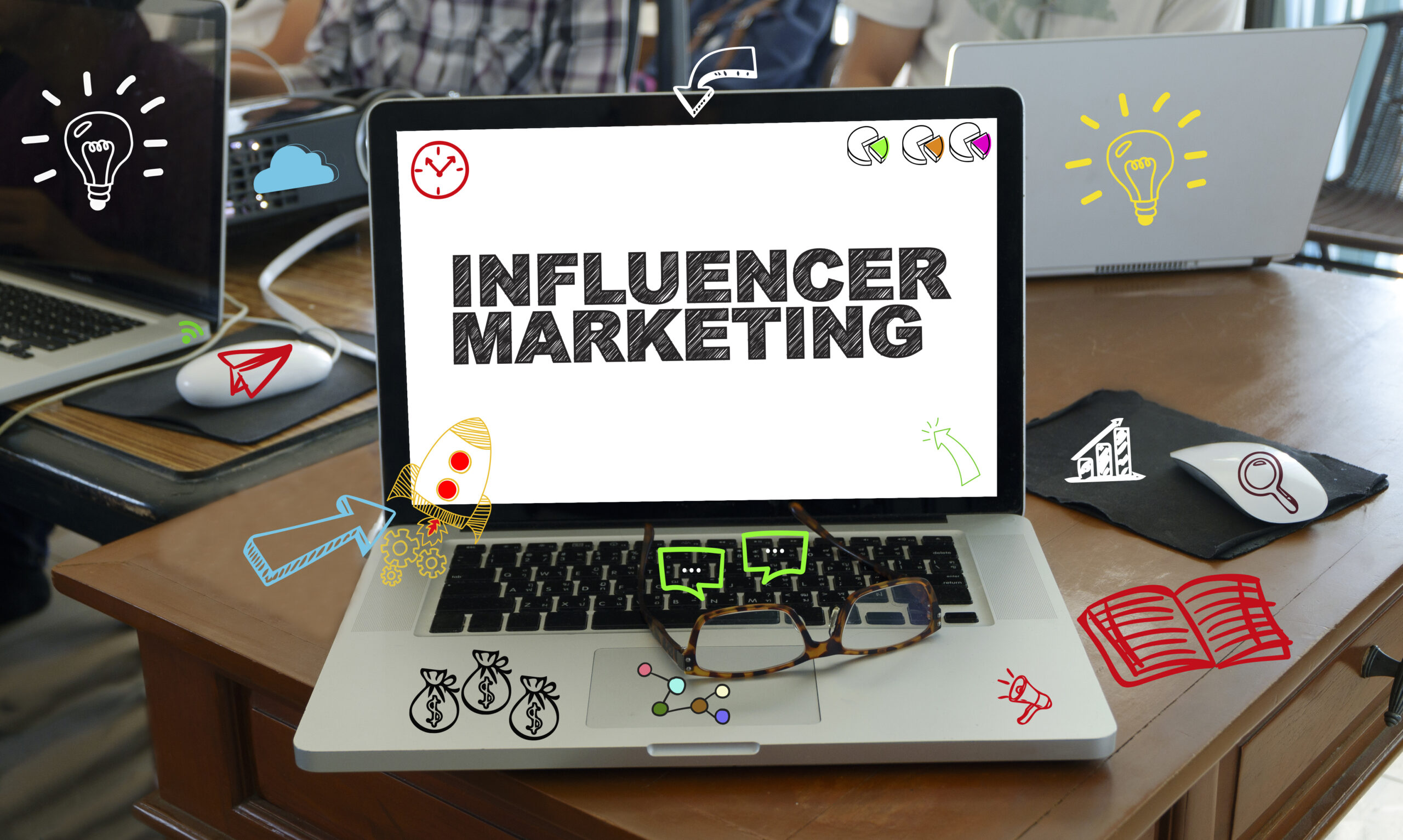
I hate reunions. They are always filled with the same banal questions that, I think, everyone has experienced at one point and dreads experiencing again.
This is especially true in my line of work; people keep asking what it is exactly that I do for a living. When I tell them that I’m a copywriter, I always get the same blank stare, followed by the arbitrary, “Ah, a copywriter. That’s nice. But what do you exactly do?”
Now, this is the part I don’t quite hate. I actually enjoy enlightening people about the nature of my job. Copywriting, I found out, is often an underrated job, the kind that many pretend to understand but actually don’t. But what’s fun is I actually get to introduce people to my branch of work.
Copy, in the advertising universe, includes the words used on a design, be it a brochure or a poster. That’s what I do. I write copies. Now, I wouldn’t go so far as discussing the history of copywriting or its effect on society. That’s for the academe. Right now, here are some of the things I learned as a copywriter that I think would be nice for starting copywriters to know, too.
1. Do your research
In his work, the Vignelli Canon, legendary designer Massimo Vignelli named semantics as a valuable aspect of design. Traditionally, semantics is the study of words and the phrases in language, or the study of meaning. Similarly, Vignelli integrated this definition into his design philosophy. According to him, semantics is the search of the meaning in whatever we have to design. But how does this exactly translate into the art of copywriting?
Remember that the copy is part of the design. Like captions are to photography, a photo can mean anything, but the caption can make better sense out of it. And if the caption is complimentary to the design, the message becomes undisputable.
In the course of his research, Vignelli adds: “Depending on the subject, the search can take many directions. It could be a search for more information about the Company, the Product, the Market Position of the subject, the Competition, its Destination, the final user, or indeed, about the real meaning of the subject and its semantic roots.” The same principles could be applied to copies, too. You have to know what and for whom you are making this copy. Otherwise, it’s a shot in the dark.
2. Know thy client
Companies have their own personality, or what we refer to as ‚’corporate identity.’ Take into mind that depending on your client, your copies must reflect what they are as a brand personality. An insurance company will have a different voice from a real estate company; similarly as a beauty and cosmetics company will differ from that of a bank.
Over the course of research, you will learn that each client possesses a certain individuality which ultimately gives them the edge and the upper hand from competitors. Determine these qualities and learn how to capitalize on them. Take the time to attend meetings, read their website, and take note of certain phrases that they periodically use. While time consuming, these efforts make the work of a copywriter easier and more effective. Sometimes, it’s not about thinking of new things for your clients to say. Often I find that they know exactly what to say. Sometimes, it’s the copywriter’s job to refine these messages and convert them into something more palatable.
3. Make good with your headline
Recent studies argue that people no longer have the passion or the attention span to read beyond the headline in newspapers. The case is also true in copies. Your headline should be interesting enough to catch attention, but short enough to not waste it.
Remember that the headline is not just the summary of what you are trying to say, but is also the most salient feature of your message. In the span of 5-7 words, you should be able to capture your reader’s attention. Otherwise it’s downhill from there. Learn to generate interest. Former Editor-in-Chief of Vogue Diana Vreeland once said, “You’re not supposed to give people what they want, you’re supposed to give them what they don’t know they want ‚yet.”
Take the online links you see on Facebook for example, notice that they are often incomplete and ends just right before they tell you exactly what the story is. We call these link baits, and it does exactly what you think it does. It makes you mad to think that editors and advertisers would resort to such cruel tactics, but you’ve got to admit they work.
Face it, nothing is ever singular anymore. It’s a battlefield out there, and the only way to survive is to be inventive.
4. Write in the vernacular

According to this, ain‚ nobody gonna give a damn if it‚ something they don‚ give a damn about!‚ said Dante while leafing through the book. | Photo via Pinterest
As each company has its own unique brand personality, each one also has its own unique target market. As the copywriter, it‚your job to learn to speak their language.
The reason why most brands don‚ sell is because often their audience does not find the things they say reflective of their own personality. They want brands that speak to them. Again, it’s your job to help the client communicate effectively, by studying your target market. This is also part of the research. Today’s teenagers have very different sentiments from millennials. The same is true with families and retirees. It complicates even further when you start to take into consideration from which economic bracket they belong to. As a copywriter, you have to be sensitive and observant of the target market’s general and economic climate as these will dictate their tastes.
In the process of writing, sometimes it helps to stop and read your copy out loud. Does this sound like my market? Do teenagers even say the word ‚’dude’ these days? Do the words slip naturally out of my tongue?
In today’s visual world, words are just as important as the pictures they accompany, which is why careful attention must be given to copies. What do you think makes a good copy? Share your thoughts in the comment section below.

















